Essay plan
My independent study focuses on the representation of how heroes and villains are typically represented in animated films. I decide to use shrek 2 as it is a post modern text and it subverts the usual expectations of a typical hero as shrek is an ogre, where in more liberated times he would have been seen as a villain. Furthermore, in shrek 2 they use a transgender bartender, which in the past would have not been allowed in a children’s animated film as it would be seen as unacceptable as the values were more conservative.(R,G,I)
Other texts: (recent)
I will be looking at which challenges/conform to the typical roles of the hero and have similar/different ideologies to shrek (I)
“Hoodwinked” (computer animated film) (G)
Stereotype of grandma being helpless instead she is outrageous thrill seeker who would just as soon be skydiving and snowboarding as sitting in her rocker.”
The wolf being a predator /villain instead he is a more complex and comical character.
The villains are Boingo (the cute and fluffy bunny) and his henchmen (least expected.)
Red riding hood is typically known as endangered little girl without much to say for herself but in hoodwinked she is a teenaged rebel with her own hopes, dreams and tough-as-nails attitude.
Traditonal characters are used to challenge the stoerotypical roles and this is done to creates humour which is done by mixing modern and fantasy culture. (R)
Beauty and the beast as it similar to shrek 2 (Disney animated film) (G)
A handsome and popular, but crude and arrogant, man named Gaston wants to marry Belle similar to prince charming wanting to marry fiona.(N)
Belle loves the Beast enough to see past his outer ugliness similar to shrek 2 as fiona loves shrek and doesn’t care about his looks.(N)
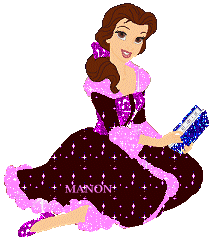
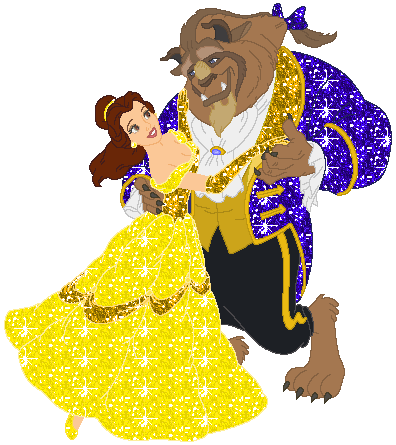
Shrek and beast are ugly in contrast to bella and fiona who are represented as beautiful.-binary oppostition(N)
Mulan – active heroine goes against stereotypes
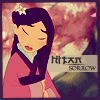
How they are typically represented:
· Princess Fiona is represented as the typical princess from fairy tales, speaking formally in matters of courtship and presenting high expectations of how she is to be rescued, who is to rescue her.
· The heroine is usually a princess/the hero is usually a prince (Disney films)
· The heroine is passive e.g. Cinderella, sleeping beauty, snow white
· The villain is scary, evil, funny looking. The colours they are frequently dressed in are dark purple/blue, black and green.
· The female heroes are subordinate to men- like in shrek 2, shrek drives the narrative forward.
· The villain is supernatural being or an animal
· Eddie Murphy put in the comedian role “black entertainer”,” racial/black clown” like in "shrek 2" and "shrek" he plays donkey
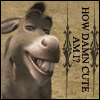
· Shrek has to conform to being “handsome” in order to be accepted
· Shrek could be seen as “the other” to the people in the kingdom
· The villains are seen as the “the other”
· Stereotypes used e.g women in domestic tasks/housewives
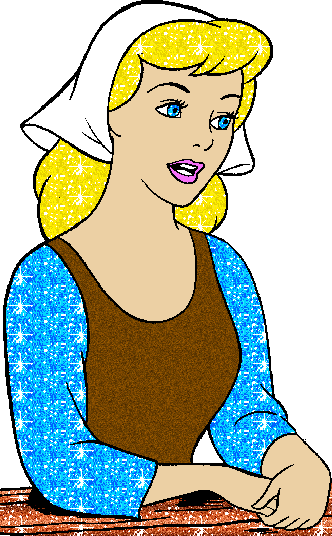
· Narrative roles used (prop)
· Genre expectations are fulfilled
Keywords I need to use:
Ø Hegemony
Ø Marxism
Ø Marxist capitalism-media and culture industries reinforce traditional gender roles and support the status quo by the dominant ideology
Ø Traditional values
Ø “Femme fatale” is a typical role used for a female villain this helps promote misogyny as the young audience and adult audience are encourage to hate women.
Ø Mainstream
Ø Male gaze-Laura Mulvey
Ø Passive audience
Ø Right wing
Ø American dream
How they are not typically represented:
.+.Mulan and princess Fiona are active heroines
.+.The beast and shrek are not seen as villains even thought they are seen as “ugly”
.+.Heroines are usually pretty
.+.Mulan is an ethnic minority which is not usually shown in many animated films.
.+.Bartender could be seen as a villain as he works in “the poison apple” where all the villains hang out, however they are shown in a more comical way rather then scary.
.+.Challenges stereotypes-encourage social change
Keywords I need to use:
Ø Pluralistic
Ø Progressive values
Ø genre expectations are subverted
Ø Myth- Shrek an ogre can be seen as a myth as he in underpinning a set of cultural assumptions.
Ø Going against the norms of society
Ø Post feminism
Ø Post modernism
Ø Left-wing
Ø Deviance-behaviour that turns away from the norm of which is generally accepted in society.
Other keywords I need to use overall:
Ø Binary opposition-(Strauss) audience are positioned in narratives to take sides and rewarded by the success of the side they identified with.
Ø linear narrative structure-(Todorov)
Ø parallel action
Ø parody
Ø pastiche
Ø prejudiced
Ø prequel
Ø protagonist
Ø alienation-emotional separation
Ø antagonist
Ø Anthropomorphism-the attribution to animals/inanimate objects of human feelings, emotions and other characteristics. This is done to help engage the audience with the experiment of animal characters.
Ø Archetype-an often repeated character type or representation which is instantly recognisable to an audience.
Ø Utopia-idealised world where everything’s perfect. Dyer sees these genres as offering fantasy escapism from everyday life problems and routines.
Ø Blockbuster
Ø CGI-computer generated imagery
Ø Cultural imperialism- the dominance of western/us society cultural values across the world.
Ø Disneyfication-removal of controversial sexual, morally ambivalent or violent content so that it is made suitable for family viewing.
Ø Genre theory-explains the appeal to audiences. Key theorist is Richard Dyer.-audiences are offered abundance, energy, excitement, spontaneity and community which are not presented in our daily lives.
Ø Golden age-an ideal period in history which looked back on wit nostalgia. The golden age of Hollywood films was 1930-1948
Ø Institution
Ø Knocking copy-newspaper articles which give negative, unflattering or embarrassing events in order to criticise individuals in the public eye. E.g. the royal family in the tabloid press.
Audience theories I will include:
I think the uses and gratification can be used for my main text which is Shrek 2 as it suggests the reason why the audience watch the film is for entertainment, escapism as it the sub genre is fantasy, moreover it is humorous because its subverts the convention of fairytales. On the other hand, the effects theory can also be applied as it is an American text American ideologies and values are likely to be picked up. I think the reception theory can be applied as well as the children are likely to pick up the hegemonic reading, whereas an adult or a teenage may grasp a negotiated reading or an oppositional reading. (A)
For representation of heroines Mulvey's Theory (R)
Feminism (R) how it is changed as Fiona (heroine) challenges how a typical women should look like. Therefore going against society’s “status quo”. (I)
Freud (A)
Pleasures audience get from watching animated films:
Identification with main protagonists
Nostalgic feeling from shrek, shrek 2 and hoodwinked
Scopophilic- from looking
Appeal of stars/celebrities
Entertainment
Escapism
Why heroes and villains are used?
To help audience identify
They may feel cheated if theses binary oppositions are not used
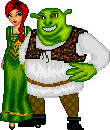
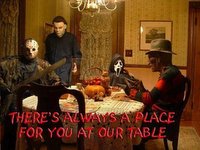

No comments:
Post a Comment